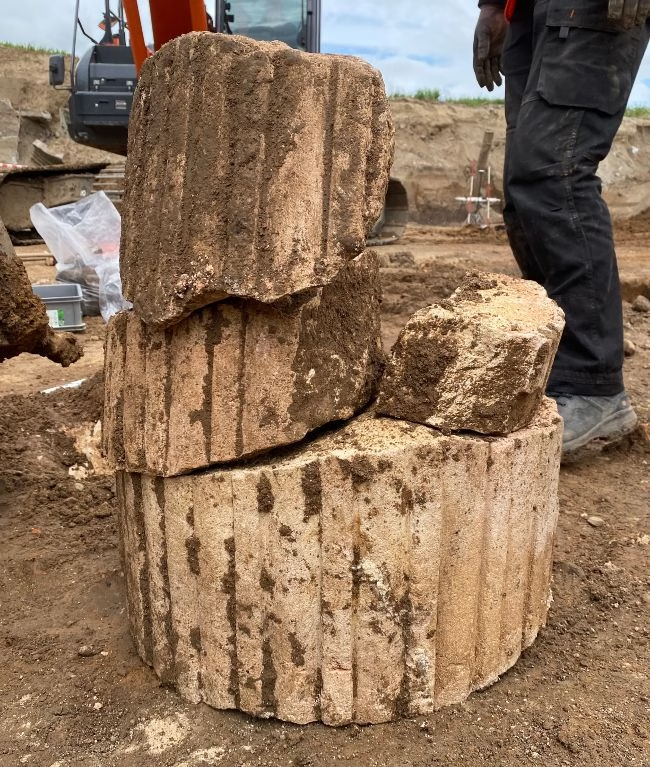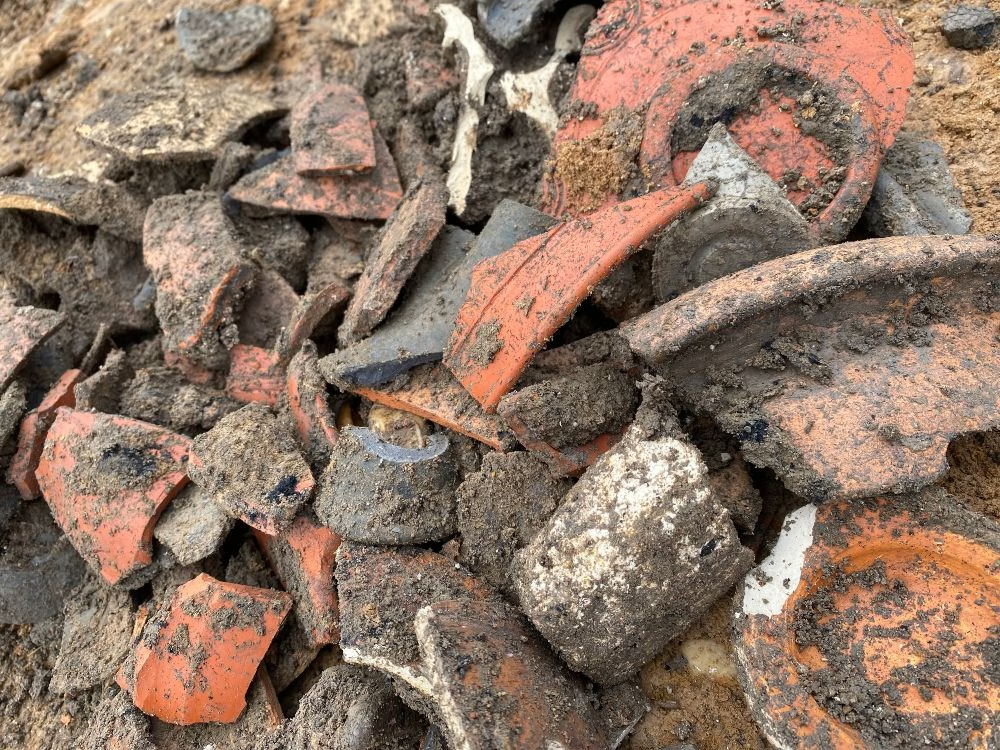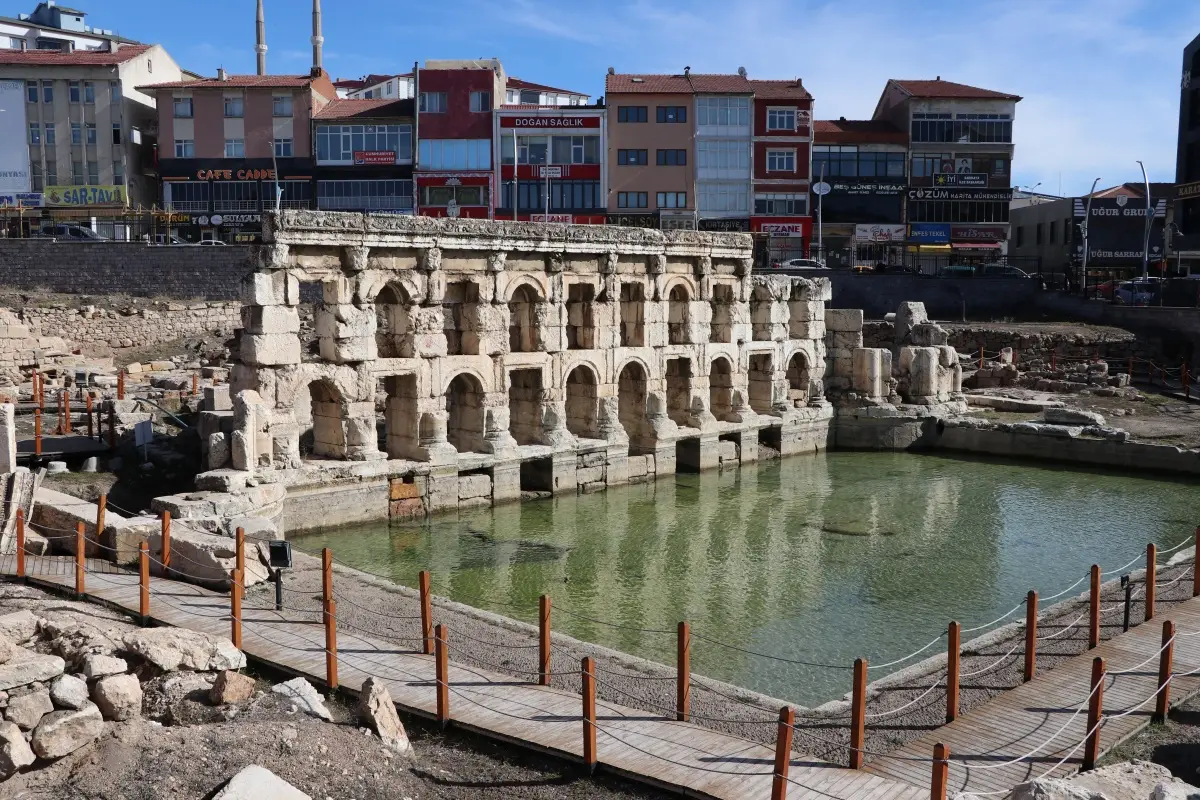In a groundbreaking archaeological discovery, a large Roman-era structure has been uncovered during excavations in the Waalfront district of Nijmegen, Netherlands. The find, located near the banks of the Waal River, is believed to have served a significant public function in the ancient Roman city of Ulpia Noviomagus.
Measuring at least 30 by 35 meters, the structure includes a central courtyard roughly 20 by 25 meters in size, partially enclosed by double stone walls. Fragments of limestone columns found on-site suggest the courtyard was once lined with a colonnade—an architectural feature commonly associated with Roman forums, marketplaces, or administrative buildings.
What makes this discovery especially notable is its location. Until now, no intact Roman structures had been found this close to the Waal River, suggesting that the ancient city extended farther toward the river than previously believed.
“Every new find adds another piece to the puzzle of Nijmegen’s Roman past,” said Tobias van Elferen, Alderman for Cultural Heritage. “The scale and design of this building indicate it played a major role in public life during Roman times.”

In addition to the structural remains, archaeologists uncovered Roman roof tiles, pottery shards, and everyday artifacts—offering further evidence of a once-thriving, multicultural settlement.
The excavation site lies within Waalkwartier West, a major urban redevelopment project that will feature residential units, a parking garage, and public spaces near the Honig complex. While much of the archaeological layer is being preserved in place, the section beneath a planned residential tower could not be saved, prompting a rapid salvage excavation.
The full extent of the structure is still unknown. The building’s northern wall disappears beneath a riverbank retaining wall, and its eastern edge extends beyond the current dig zone.
Founded shortly after 70 AD on the ruins of Oppidum Batavorum, Ulpia Noviomagus became the first and largest Roman city in what is now the Netherlands. By the 2nd century, it had evolved into a regional capital, complete with temples, bathhouses, cemeteries, and a forum. Historians estimate the city was home to between 5,000 and 7,000 residents from across the Roman Empire, making it one of the most diverse urban centers in the Roman Northwest.

Although the city began to decline around 300 AD, with settlement shifting toward the modern Valkhof area, its legacy continues to surface through discoveries like this one.
Excavations are expected to conclude by the end of the week. As researchers work to document the site’s layout and function, this unexpected find not only enriches our understanding of Roman urban life but also reinforces Nijmegen’s status as one of Northern Europe’s most significant archaeological hubs.
Cover Image Credit: Gemeente Nijmegen



